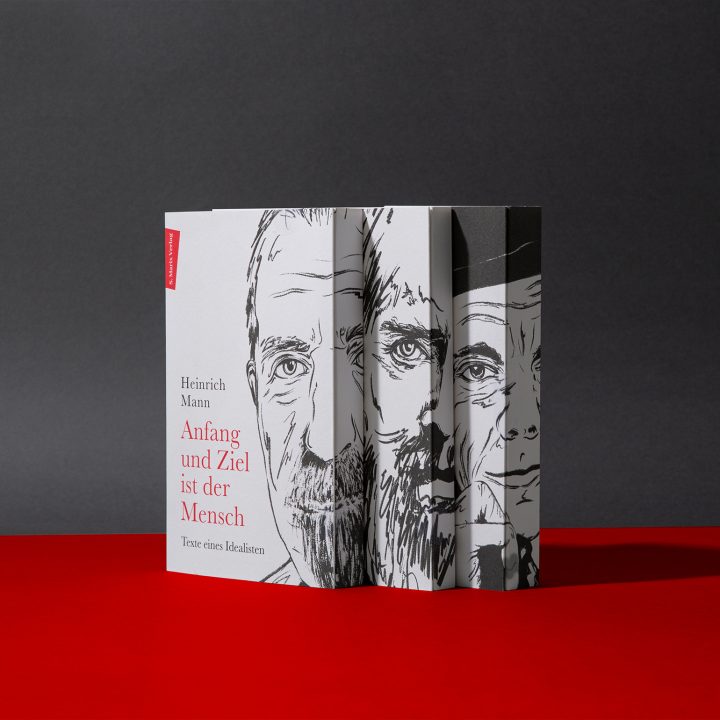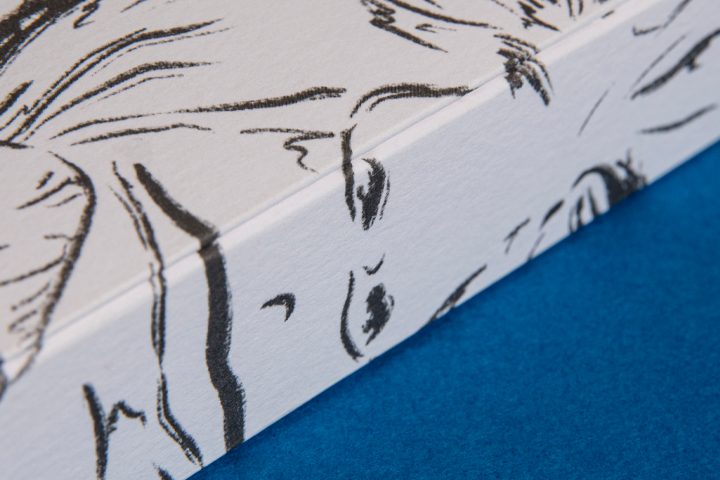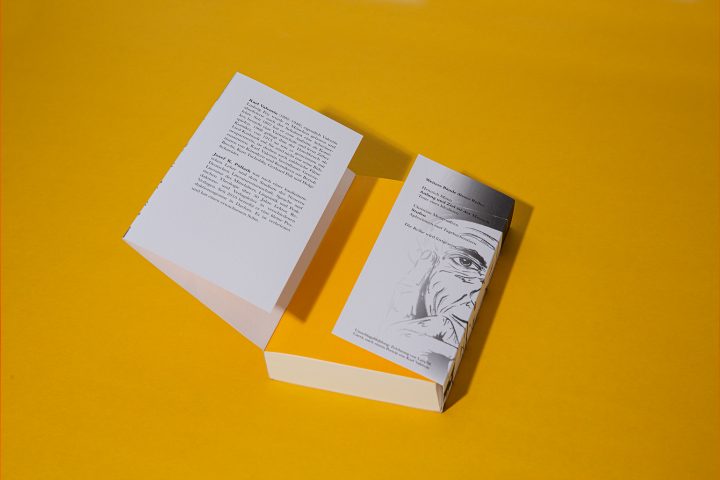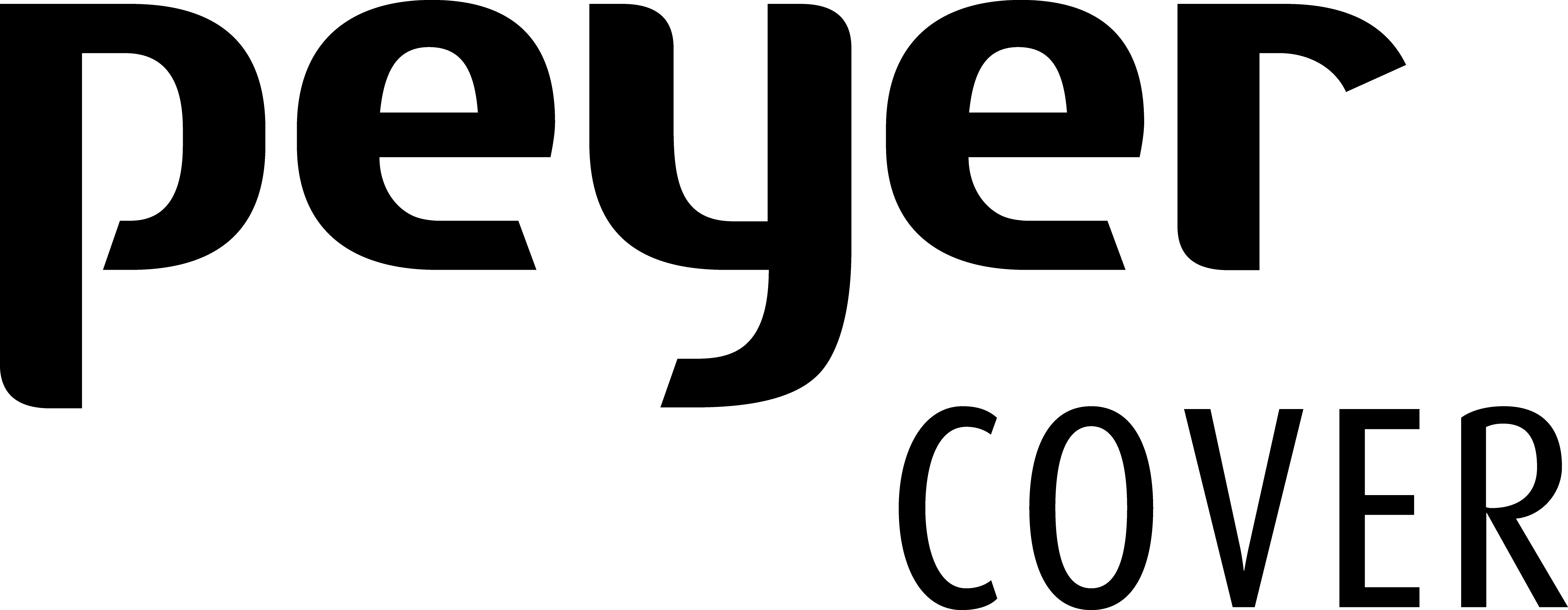Form follows function? Sustainable gatefolded brochure in PEYVIDA puro
The new series of gatefolded brochure on classic authors by Römerweg publishing house is a successful example of teamwork between designer, publisher and printer.
The publishers’ specification to the designer Karina Bertagnolli was to give the series "an optical bracket" in order to create recognition value. Quite different authors such as the previously published titles by Heinrich Mann, Christian Morgenstern or Karl Valentin should be presented in a closed form.
At the same time, the designer’s passion for sustainability in book design should be rewarded through smart and clever design, as well as worthy material.
“For the last 5 years, I have been pursuing the topic of sustainability in all the work steps in book production. Part of this important matter is of course the material and how it is used. My wish was to use an uncoated and rough but at the same time elegant, haptically soft board as cover material. PEYVIDA puro was able to fulfill this right from the first time I touched the board.


After choosing the material, the flow of ideas continued easily. The notion of putting these classic texts in a restrained, yet striking shell, which at the same time emphasizes the differences between the authors, was born through the sketchy representation of the respective author and the now feasible production with an extended back flap. "
CPI Ebner & Spiegel in Ulm was the right production partner. With its new type of production - called "Barbara" - CPI offers an exciting yet extraordinary opportunity. The back flap is placed around the face trim and thus conveys a book that resembles a small package. The reader can and must therefore not only deal intensively with the content, but also with the materials used.
The series runs through the standardized production process in both printery and bookbindery: Preparation in prepress takes place according to the usual criteria. The block thickness is determined on the basis of measured values and empirical values to ensure that the printed images overflow precisely from the cover pages to the spine and, with this type of processing, to the face trim. “That is always a challenge because production tolerances in text-paper can result in deviations. But we handle this slightly tricky part very well in the meantime,” says Jochen Rudolf, Head of Prepress at CPI Ebner & Spiegel in Ulm.
Printing PEYVIDA puro is uncomplicated. Carried out with standard Huber mineral oil-free inks and without the addition of alcohol the board shows excellent printing results.
Compared to a normal 8-page gatefolded brochure, further creasing is done for folding the face trim during the ongoing production process. The creasing takes place in a separate step before the actually adhesive binding. Typically, the corners and edges during creasing and binding are subjected to a first mechanical test. “The good properties of PEYVIDA puro prove themselves and due to the high-quality material composition, there is no need for lamination. This meets the publisher’s and designer’s wish for sustainable production,” confirms Bruno Campos-Feil, Head of Priniting department at CPI Ebner & Spiegel.
“How the rear flap is folded over the face trim remains our secret,” says Björn Johannes, Head of Bookbinding at CPI Ebner & Spiegel. Some secrets should be kept, and so we look forward to more exciting titles in the series. Based on clever product design, high material quality and great cooperation, a cover variant has been created that shows the board in its naturalness and which as a whole is outstanding.

